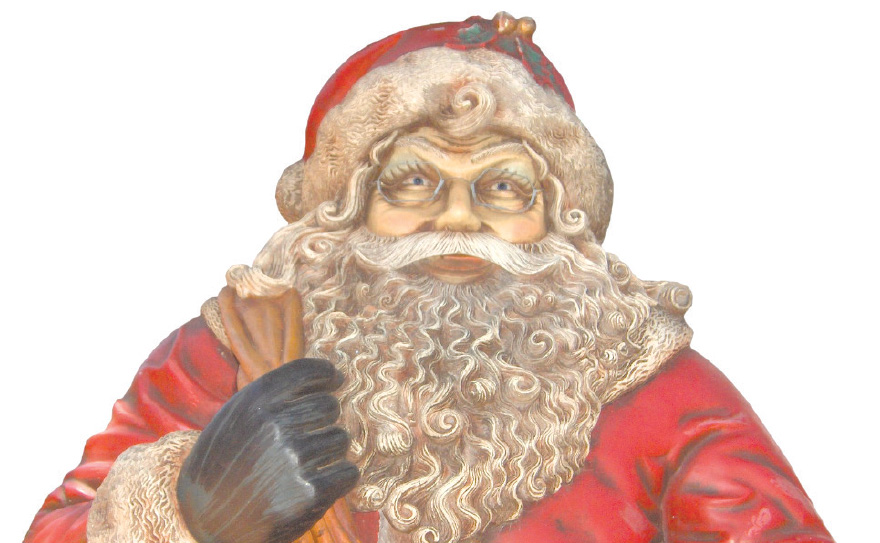Amish Country has a rich tapestry of Old and New World Christmas customs, many unique to our Pennsylvania German background. Two of our most famous traditions are the candles in the windows and the “Belsnickel.”
Candles
Candles, of course, have always been a part of Christmas celebrations. In Old World Germany, Martin Luther is credited as being the first person to put candles on a tree, “to represent the glory and beauty of the stars above Bethlehem.” In Ireland, the old custom was to “leave a candle burning in the window to light the way for the Christ Child on Christmas Eve.” It is interesting to note the old tradition in Europe of “illumination,” whereby the birthday of a prince was celebrated by putting candles in the windows. Visitors to Amish Country notice that we often have candles in our windows all year, not just during the holiday season. The practice apparently started several years ago when a local tourist home left its Christmas candles in the windows as a sign of welcome. The idea seemed to catch on, as people found it attractive, especially in older homes. So now this nostalgic, warm look can be enjoyed by Lancastrians and visitors at any time of the year.
“Belsnickel”
Our modern Santa Claus, of course, evolved over many centuries to what he is today. December 6th was St. Nicholas Day in Catholic countries of Europe, and the Rhineland area became the center of a St. Nicholas cult. With the Reformation these saints’ days disappeared, and Protestants changed the focus to Christmas Eve and the arrival of Beltznickel (Belsnickel).
He was a figure to be feared, wearing a hat, wig, and long, heavy coat. In addition to his bag of goodies, he could also carry a switch to “punish” naughty children as they scrambled for treats. In the old tradition, this figure could be visited at any time during Advent, arriving with ringing sleigh bells and gifts of nuts, candies, and fruits for the children.
“Kriss Kringle” really evolved from the German for Christ Child (Christ-kindle). In the 1800’s, children were told it was the Christ Child who brought gifts for them at Christmas. Children left baskets of hay for His mule at the door on Christmas Eve. Apparently, many Pennsylvania Germans were displeased when the name and identity changed to become associated with Santa Claus.
In 1822, Clement C. Moore’s verses for “A Visit from St. Nicholas,” better known today as “The Night Before Christmas,” presented the fat, jolly man arriving from the skies. In 1862, famed illustrator Thomas Nast gave him further touches, and by 1886 Santa Claus had basically become the character we know today. “Santa Claus” seems to have come from the New York Dutch settlers’ “Sinter Klaus,” or St. Nicholas.
As Christmas becomes more commercial and “internationalized,” understanding our special local traditions can help us to better appreciate the real meanings and history behind the symbols and modern images so prevalent today.

